#herbal medicine
Explore tagged Tumblr posts
Text
This is your friendly reminder that herbs aren't inherently safe.
Natural doesn't mean Safe.
Lightning is natural. Opium, therefore heroin and opiate drugs are derived from poppies. Cinnamon oil will burn your skin. Lilies are toxic to cats and will cause organ failure. Activated charcoal will neutralize your prescription medications and literally anything else in your system. St. John's Wort will destroy your serotonin production and mess with your happiness threshold if it DOESNT KILL YOU FIRST.
So anyway.
Do some damn good research every time you go to eat, breathe, bring around your pets, bathe in, or smoke something. Be safe please.
#witchcraft#witch#pagan#witchy#magick#magic#spell#baby witch#witchblr#paganism#herbalism#herbal medicine#witch safety#magic safety#witch tips#baby witch tips
4K notes
·
View notes
Text
"Despite the Central Appalachia ecosystem being historically famous as coal country, under this diverse broadleaf canopy lies a rich, biodiverse world of native plants helping to fill North America’s medicinal herb cabinet.
And it turns out that the very communities once reliant on the coalfields are now bringing this botanical diversity to the country.
“Many different Appalachian people, stretching from pre-colonization to today, have tended, harvested, sold, and used a vast number of forest botanicals like American ginseng, ramps, black cohosh, and goldenseal,” said Shannon Bell, Virginia Tech professor in the Dept. of Sociology. “These plants have long been integral to many Appalachians’ livelihoods and traditions.”
50% of the medicinal herbs, roots, and barks in the North American herbal supply chain are native to the Appalachian Mountains, and the bulk of these species are harvested or grown in Central Appalachia, which includes southern West Virginia, eastern Kentucky, far-southwest Virginia, and east Tennessee.
The United Plant Savers, a nonprofit with a focus on native medicinal plants and their habitats, has identified many of the most popular forest medicinals as species of concern due to their declining populations.
Along with the herbal supply chain being largely native to Appalachia, the herb gatherers themselves are also native [to Appalachia, not Native American specifically], but because processing into medicine and seasonings takes place outside the region, the majority of the profits from the industry do too.
In a press release on Bell’s superb research and advocacy work within Appalachia’s botanical communities, she refers back to the moment that her interest in the industry and the region sprouted; when like many of us, she was out in a nearby woods waiting out the pandemic.
“My family and I spent a lot of time in the woods behind our house during quarantine,” Bell said. “We observed the emergence of all the spring ephemerals in the forest understory – hepatica, spring beauty, bloodroot, trillium, mayapple. I came to appreciate the importance of the region’s botanical biodiversity more than ever, and realized I wanted to incorporate this new part of my life into my research.”
With co-investigator, John Munsell at VA Tech’s College of Natural Resources and Environment, Bell’s project sought to identify ways that Central Appalachian communities could retain more of the profits from the herbal industry while simultaneously ensuring that populations of at-risk forest botanicals not only survive, but thrive and expand in the region.
Bell conducted participant observation and interviews with wild harvesters and is currently working on a mail survey with local herb buyers. She also piloted a ginseng seed distribution program, and helped a wild harvester write a grant proposal to start a forest farm.
“Economic development in post-coal communities often focuses on other types of energy development, like fracking and natural gas pipelines, or on building prisons and landfills. Central Appalachia is one of the most biodiverse places on the planet. I think that placing a greater value on this biodiversity is key to promoting a more sustainable future for the region,” Bell told VA Tech press.
Armed with a planning grant of nearly half a million dollars, Bell and collaborators are specifically targeting forest farming as a way to achieve that sustainable future.
Finally, enlisting support from the nonprofit organization Appalachian Sustainable Development, Virginia Tech, the City of Norton, a sculpture artist team, and various forest botanicals practitioners in her rolodex, Bell organized the creation of a ‘living monument’ along Flag Rock Recreation Area in Norton, Virginia.
An interpretive trail, the monument tells the story of the historic uses that these wild botanicals had for the various societies that have inhabited Appalachia, and the contemporary value they still hold for people today."
-via Good News Network, September 12, 2024
#appalachia#united states#biodiversity#herbs#herbal medicine#herbalism#native plants#conservation#sustainability#sustainable agriculture#solarpunk#good news#hope
720 notes
·
View notes
Text
Dr. Barbara O'Neill - Recipe for a cold, flu, bronchitis, pneumonia, pleurisy and infections related to those mentioned. 🤔
#pay attention#educate yourselves#educate yourself#knowledge is power#reeducate yourself#reeducate yourselves#think for yourselves#think about it#think for yourself#do your homework#do your own research#do some research#ask yourself questions#question everything#healing#healthy food#herbal medicine#health#you decide
1K notes
·
View notes
Text
1K notes
·
View notes
Text
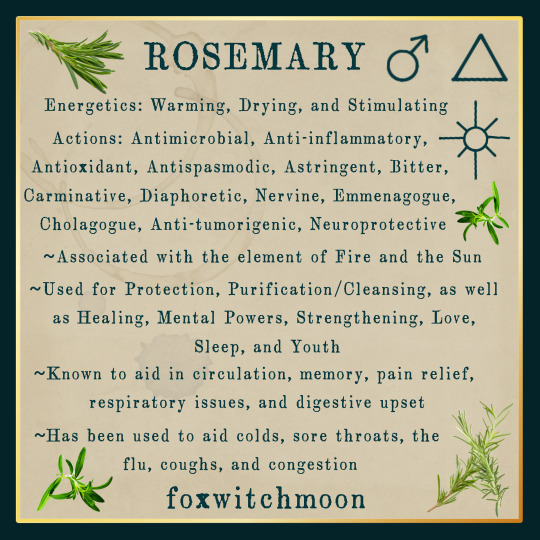
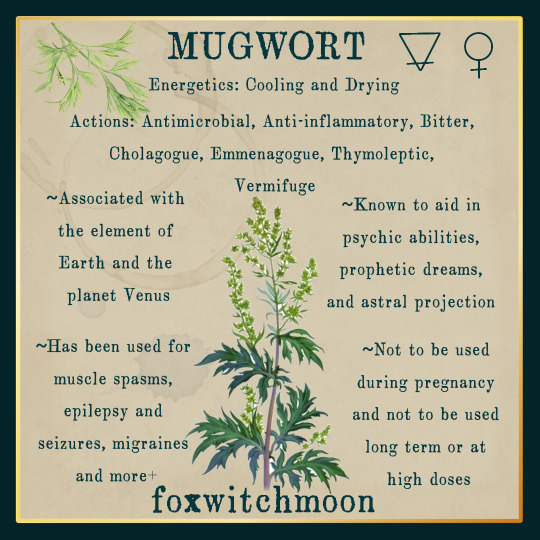

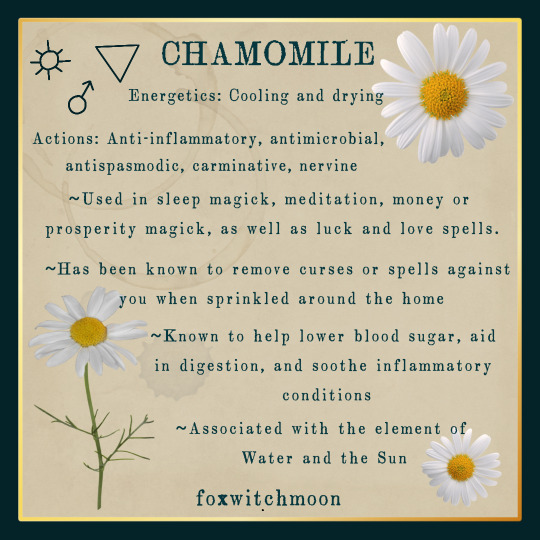
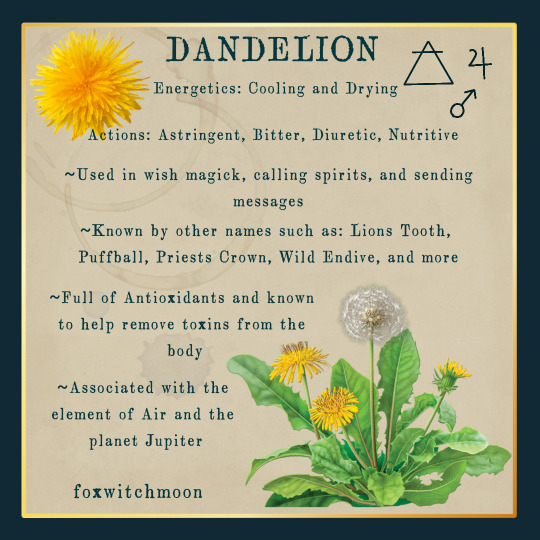

Herbology × Magick🍃
Follow @foxwitchmoon on IG for more🌿🔮🌙🧿🕯🪻🗝✨️
#witchblr#grimoire#witch#witchcraft#witches#occult#plants and herbs#foraging#chakras#herbology#herbalwitch#herbal medicine#herbalism#green witch#eclectic witch#lunar witch#moon magic#rosemary#nettle#dandelion#mugwort#bay leaf#chamomile
750 notes
·
View notes
Text
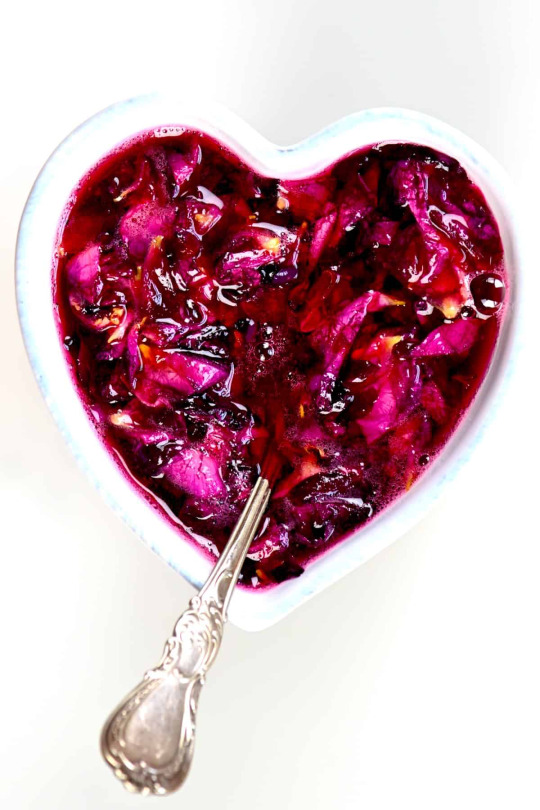
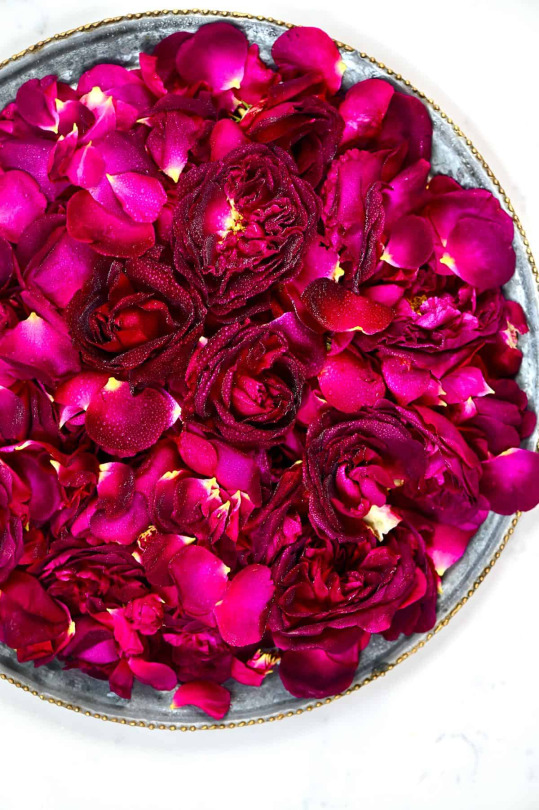
Homemade Rose Petal Jam (Vegan)
#p#recipes#herbal medicine#herbalism#diy#rose#Rosa spp.#jam#spring foraging#summer foraging#wildcrafting#slow living#soft living#seasonal living#that girl#green juice girl#sidewalkchemistry
136 notes
·
View notes
Text
I’m so very sick of plant blindness in conservation, and in the wider world in general
If you buy or ‘wildharvest’ an endangered, threatened, or protected plant, you are a trophy hunter.
It doesn’t matter if it’s for spiritual reasons. It doesn’t matter if it’s already been harvested. You are bankrolling the destruction of a species. You are contributing to the growing demand.
The loss of any plant species can cause a trophic cascade, a having a devastating impact on the ecosystem it was a part of.
#witchblr#plant medicine#herbal medicine#herbalism#green witch#botany#herbal witch#herbal wellness#herbal witchcraft#plant magic
525 notes
·
View notes
Text
5 HERBS FOR ENERGY
Uplifting and energising ✨



Ginseng
used to boost energy levels
Maca
can increase energy and stamina
Peppermint
increases brain function and alertness
Ashwagandha
boosts energy levels
can improve focus and stress response
found to increase muscle mass/strength
Cordyceps
reduces fatigue
increases production of energy to cells
boosts immunity
Reminder - these can affect people differently, occasionally negatively, and should be used with caution.
#energy#uplifting#herbs#magical herbs#herbal remedies#herbal medicine#plants and herbs#high energy#natural medicine#natural healing#spirituality#spiritualjourney#natural#healing#dried herbs#healing herbs#witch community#wicca#green witch#kitchen witch#herbal tea#witchblr#focus#stamina#energy levels#boost energy#energy booster#spiritual#spiritualgrowth#beginner witch
293 notes
·
View notes
Text
I knew people use cayenne pepper to season food and drank the "master cleanse" with the herb in it, but I often forget that cayenne pepper helps with circulation and apparently it can help stop bleeding! Who knew! I only knew of raw honey being safe to put on cuts but now we've got another one!
Ah, the healing power of herbs.
#food#vegan#foodie#healthy#health#vegetarian#fitness#diet#nutrition#plant based#herb#herbalism#herbal medicine#plants#plant medicine#tiktok#short video#medicinal herbs#herbsforhealth#plants and herbs#healing herbs#cayenne pepper#fortheloveofnutrition
340 notes
·
View notes
Text
Gut health 101
#tiktok#simple cooking#cooking#probiotics#prebiotics#self help#self healing#herbal remedies#herbal medicine#heal your gut#healthy lifestyle#food pairing
65 notes
·
View notes
Text
Tried a new restaurant yesterday and got burned. 🫠 But at least I can show y'all what I do for flareups. Part of why I like having tinctures on hand is because it makes it easier to grab something when I feel bad.
I hope this helps y'all next time you have tummy troubles!
#celiac disease#celiac#chronic illness#autoimmune disorder#invisible illness#invisible disability#gastrointestinal disorders#gut healing#herbalism#herbal remedy#herbal medicine#tincture#ibs#irritable bowel syndrome#sick day#tiktok#mine
181 notes
·
View notes
Text
“Battling COVID symptoms? Try this powerful herbal tea to support your recovery and boost immunity naturally!”
“If Looking for a natural way to support your body during COVID recovery? 🌿 This powerful blend of hibiscus, ginger, mullein, and clove offers a range of healing benefits:
🍃 Hibiscus: Rich in Vitamin C and antioxidants, hibiscus helps strengthen your immune system and fight off inflammation.
🍃 Ginger: A natural anti-inflammatory and antiviral, ginger soothes the throat, eases congestion, and promotes respiratory health.
🍃 Mullein: Known for its lung-cleansing properties, mullein supports healthy breathing and clears mucus from the lungs, making it perfect for respiratory relief.
🍃 Clove: Packed with antimicrobial properties, clove helps fight infections and relieves sore throats, while also boosting overall immunity.
Together, this tea blend provides a soothing remedy for respiratory symptoms, cough, and overall immune support. 🌱 Sip your way to better health! 🤔
#pay attention#educate yourselves#educate yourself#knowledge is power#reeducate yourselves#reeducate yourself#think about it#think for yourselves#think for yourself#do your homework#do your research#do some research#do your own research#ask yourself questions#question everything#for your health#health tips#healthy living#natural remedies#natural medicine#news#herbal medicine
158 notes
·
View notes
Text
What are Infused Oils?
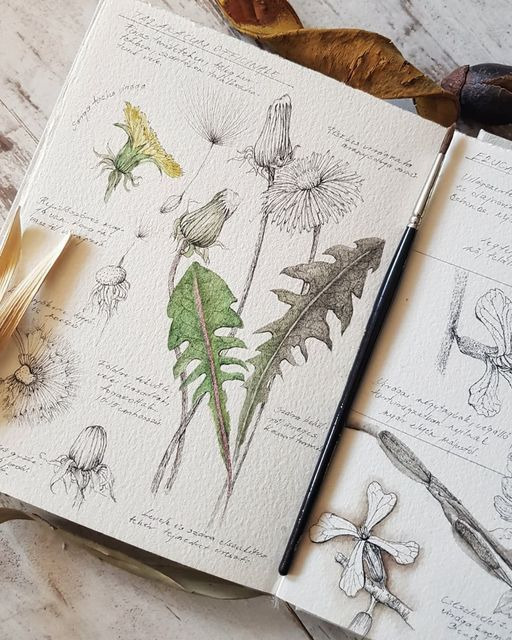
What are they?
Infused oils are herbal components or spices placed in a jar of carrier oil like Olive Oil, Grapeseed Oil, Avacado Oil, Jojoba Oil, Coconut Oil, etc. Can be used in cooking, herbal ailments and skincare.
Are they essential oils?
No. Short answer, no. Long answer? I'll give you an explanation. Essential oils are distilled using Steam Distillation, Solvent Extraction, CO2 Extraction, Maceration, Enfleurage, Cold Press Extraction, and or Water Distillation. Lotta words huh? It takes a lot of work to make essential oils. Unfortunately, it also takes quite a bit of that plant to make even those tiny 10ml bottles you purchase. Of course, each plant varies. However, it still can lead to a larger environmental impact.
For instance, one pound of essential oil can be extracted from approximately 250 pounds of rosemary leaves, or from 150 pounds of lavender buds, or say 50 pounds of eucalyptus leaves. This is why you see some as more expensive than others. Unfortunately, you can see where the problem lies in plants that are more threatened or endangered. If you must use essential oils, source responsibly (and not from a Pyramid scheme but I'm not opening that can of worms)
Can I use infused oils in my practice?
Yes! Absolutely! All these oil recipes you see for spell oils are exactly that. You can even use the elemental correspondences of the carrier oils you use for spell oils. As an example Olive Oil is traditionally known for the fire element and Coconut Oil is water. The possibilities for your personal correspondence are endless!
Now I'll stop rambling. Here are a few methods I learned to infuse oils in my courses and through self-herbalist study.
Method One:
The Folk Method - The most common
Directions
Place DRIED herbs in a clean, dry jar. Leave at least 1 to 3 inches of open space above your herbs to cover with oil.
Fill the remaining space in the jar with the oil of your choice, making sure to cover herbs by at least 1 inch or more. If the herbs emerge above the surface of the oil at any point while infusing, pour more oil on top to ensure the herbs remain covered.
Cap the jar tightly and shake well.
Place the jar in a sunny, warm windowsill and shake once or more per day.
After 2 to 3 weeks, strain the herbs out of the oil using cheesecloth or a mesh strainer. Or you can leave it in but straining is recommended if you are using dropper bottles as it clogs the caps.
Pour into clean glass bottles.
Remember to label your jars with the date, type of oil, and herbs used! You WILL forget! Trust me.
Store in a cool, dark place. The oil may keep for up to a year.
Method Two:
The Heat Infused Method - Quick Infusion
Directions
Place herbs in the crock pot or double boiler. Cover with extra virgin olive oil (or other carrier oil of choice), leaving at least an inch or two of oil above the herbs.
Gently heat the herbs over very low heat (preferably between 100° and 140° F for 1 to 5 hours, until the oil takes on the colour and scent of the herb. Some recommend heating the oil for 48 to 72 hours at a controlled temperature of 100° F. Turn off the heat and allow it to cool. I personally prefer letting it sit in a crock pot for 72 hours as I feel like I get all of the benefits out of the herb.
Once oil is cooled, strain using cheesecloth.
Bottle in dry, sterilized glass bottles. LABEL your bottles with the date and contents before storing them.
Store in a cool, dark, dry place for up to six months.
Best herbs to infuse in oil
There are a countless number of herbs, spices and resins that can be infused into the oil. Please make sure these herbs are free from pesticides and chemicals (not found on the roadside). Dried herbs work best as you don't want your mixture spoiling sooner. Here are some great examples of herbs to use.
Pine needles
Calendula flowers
Chamomile flowers
Lavender
Lemon balm
Peppermint leaf
Rosemary leaf
Thyme leaf
There you have it! Now have fun and source responsibility.
Happy witching!
Want to read more?
On sustainability and impact:
Links:
Dangers of essential oils and pets:
Link:
Want to check out my other post? Look at my Masterpost
#witchcraft#witch#infused oils#spell oils#essential oils#aromatherapy#kitchen witchcraft#herbal magic#herbalism#herbalist#herbal medicine#witchblr
112 notes
·
View notes
Text

Spiderweb covered aloe
Spiderweb -
"The Everlasting Cycle of Life: A spider's web serves as a deadly trap for other insects, yet it is also a place where spider eggs hatch, symbolizing the infinite process of death and rebirth, the cycle of life, and the balance between creation and destruction."
Aloe Vera -
"Aloe Vera symbolizes spirituality, good luck, and protection as well as cleansing. It is believed to protect a person from physical accidents and is used to heal minor injuries if they do happen. Drinking Aloe Vera juice is believed to block the influences of evil spirits from harming your body and physical health."
Image source: unknown
#witchcraft community#witch tips#green witch#kitchen witch#occult#grimoire#divination#plant magic#plant medicine#spiritual knowledge#spiritual meaning#aloe vera#spider web#witch aesthetic#witchy vibes#sigil magic#spirituality#herbal magick#herbal medicine
83 notes
·
View notes
Text
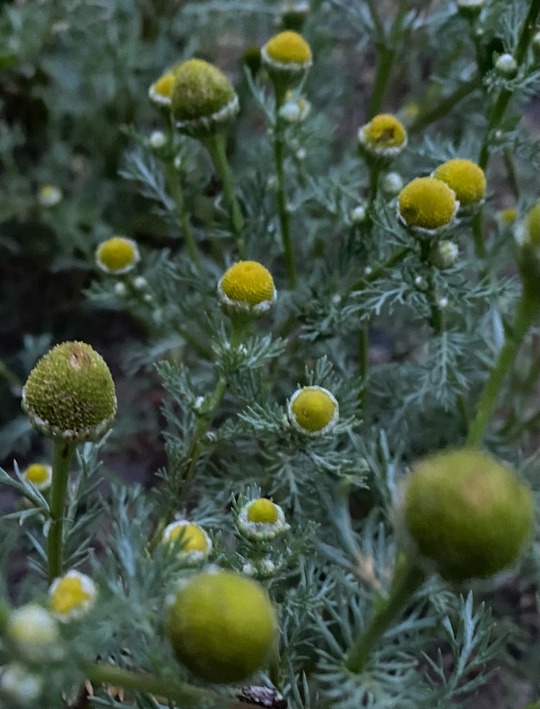
calming influence..chamomile
tea or perhaps a drench..
223 notes
·
View notes